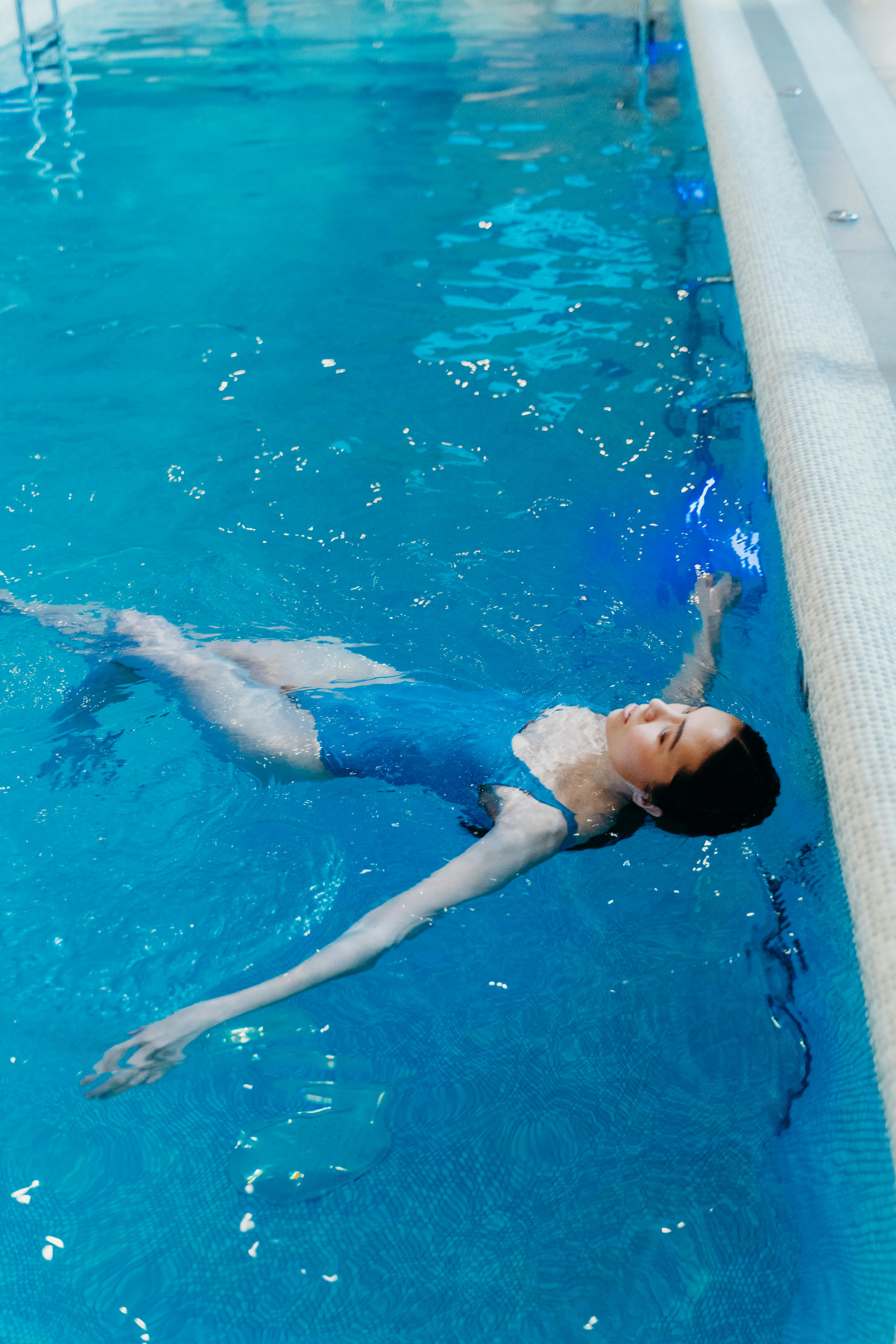Spa & Wellness: Enhancing Health and Relaxation with Swim Spas, Pools, and Hot Tubs
Spa and wellness facilities have become increasingly popular as people seek ways to improve their health, reduce stress, and enhance their overall well-being. These spaces offer a variety of amenities designed to promote relaxation, physical fitness, and mental clarity. Among the most sought-after features in modern spa and wellness centers are swim spas, pools, and hot tubs, each offering unique benefits for users. Let's explore how these aquatic elements contribute to wellness and fitness goals, and why they've become essential components of the spa experience.

-
Endurance swimming against adjustable currents
-
Water aerobics and resistance training
-
Low-impact exercises for joint health
-
Rehabilitation exercises for injuries
Swim spas also offer year-round usage, as they can be heated and used even in colder months, making them an excellent investment for those committed to maintaining their fitness routine regardless of the weather.
How do pools contribute to wellness in spa settings?
Pools have long been a staple of spa and wellness facilities, offering a wide range of benefits for both physical and mental health. In spa settings, pools are often designed with specific wellness goals in mind, featuring:
-
Hydrotherapy jets for muscle relaxation
-
Lap lanes for cardiovascular exercise
-
Saltwater systems for gentler skin and eye effects
-
Temperature-controlled environments for comfort
The buoyancy provided by water in pools helps reduce the impact on joints, making it an ideal environment for low-impact exercises and rehabilitation. Additionally, the act of swimming itself is known to release endorphins, reduce stress, and improve overall mood, contributing to mental wellness as well as physical health.
What makes hot tubs an essential element of spa wellness?
Hot tubs, also known as jacuzzis or whirlpools, are beloved features in spa and wellness centers for their therapeutic properties. The combination of heat, buoyancy, and massage from water jets creates a powerful relaxation and healing environment. Benefits of hot tub use include:
-
Improved blood circulation
-
Reduced muscle tension and pain
-
Better sleep quality
-
Stress relief and mental relaxation
Many spas offer hot tubs with various jet configurations and seating options to target different areas of the body, allowing users to customize their experience based on their specific needs. The social aspect of hot tubs also contributes to wellness by promoting bonding and conversation in a relaxed setting.
How do swim spas, pools, and hot tubs work together in spa facilities?
In modern spa and wellness centers, swim spas, pools, and hot tubs are often integrated to create a comprehensive aquatic wellness experience. This combination allows facilities to cater to a wide range of preferences and needs:
-
Swim spas for targeted fitness and rehabilitation
-
Pools for general exercise and relaxation
-
Hot tubs for therapeutic relaxation and social interaction
By offering these diverse options, spa facilities can provide a well-rounded experience that addresses both physical fitness and mental wellness. Users can move between different water environments, creating a personalized wellness journey that suits their individual goals and preferences.
What are the latest trends in aquatic wellness technology?
The spa and wellness industry continually evolves, incorporating new technologies to enhance the user experience. Some of the latest trends in aquatic wellness include:
-
Smart control systems for temperature and jet management
-
LED chromotherapy lighting for mood enhancement
-
Ozone and UV sanitation systems for cleaner water
-
Swim-in-place technology with touchscreen controls
-
Underwater audio systems for immersive relaxation
These innovations aim to create more personalized, efficient, and enjoyable experiences for spa-goers, further solidifying the role of aquatic elements in wellness routines.
| Feature | Swim Spa | Pool | Hot Tub |
|---|---|---|---|
| Primary Use | Fitness & Relaxation | Exercise & Recreation | Therapy & Relaxation |
| Size | Compact (10-20 ft) | Large (20+ ft) | Small (5-10 ft) |
| Temperature | Adjustable (70-104°F) | Typically 78-82°F | 100-104°F |
| Jets | Swim current & massage | Limited | Multiple massage jets |
| Year-round Use | Yes | Seasonal (unless indoor) | Yes |
| Energy Efficiency | High | Moderate | High |
Prices, rates, or cost estimates mentioned in this article are based on the latest available information but may change over time. Independent research is advised before making financial decisions.
The integration of swim spas, pools, and hot tubs in spa and wellness facilities offers a comprehensive approach to health and relaxation. These aquatic elements provide diverse options for fitness, therapy, and stress relief, catering to a wide range of needs and preferences. As technology continues to advance, the wellness industry will likely see even more innovative ways to incorporate water-based therapies into holistic health practices, further enhancing the spa and wellness experience for users worldwide.






